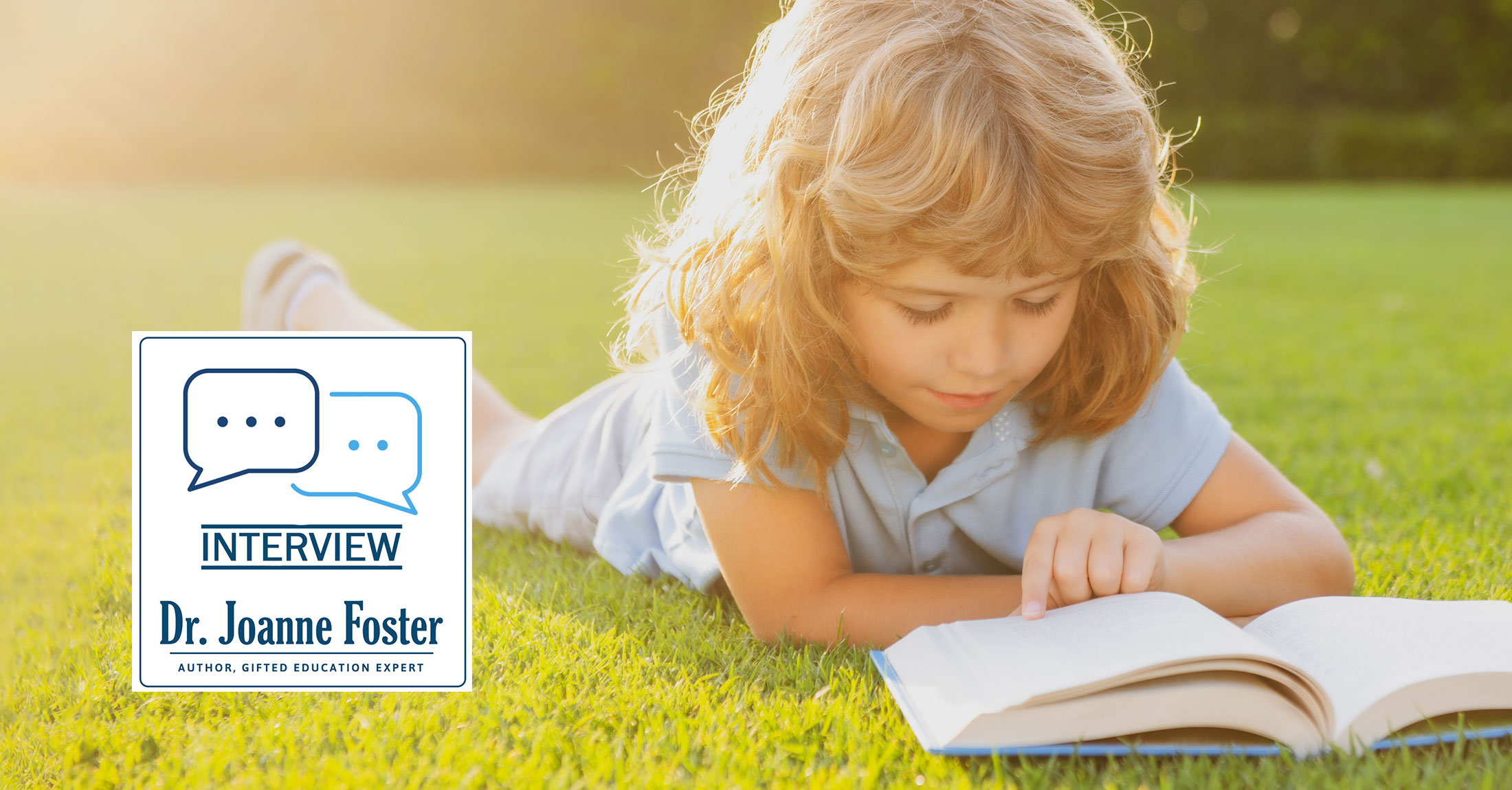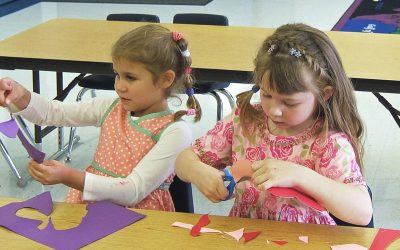Julie Skolnick, author of “Gifted and Distractible“, answers questions about creativity and twice-exceptional (2e) learners.
It’s my pleasure to connect with Julie Skolnick, who draws upon her experience working with families and the 2e population, and also elaborates upon aspects of the “Cycle for Success” process that she writes about in her new book, Gifted and Distractible. In this interview, Julie provides insights on how to nurture children’s creativity.
1) In your book, Gifted and Distractible, you discuss three overarching topics, Understanding, Strategies, and Advocacy, in relation to supporting 2e learners. With respect to Strategies, you make note of “creative and outside-the-box interventions that are particularly effective with 2e kids.” (p. 6) Can you please share a couple of examples of such interventions?
2e kids tend to be creative and outside-the-box thinkers and do-ers, so it stands to reason that they respond better to that type of intervention. I love the strategy “Pillow Talk Time.” It provides a safe space for the 2e child to share their thoughts, thereby supporting emotional regulation, and it helps deepen and strengthen the relationship between parent and child. When parents set up Pillow Talk Time, a child struggling with something – an interaction, a concept, a specific person – knows they have a sacred space set aside later that day to process matters with their trusted parent. Another great outside-the-box strategy is the Gifted and Distractible Social Skills BINGO card. Everyone sees through their own eyes. A child begins to understand this when someone reveals they think or perceive the world differently. The first step is to talk about how some people are viewed or how actions/reactions can affect others. The Gifted and Distractible Social Skills BINGO card enables children to remember certain expected actions, helping them learn to develop better relationships with others.
2) On page 56 you write, “Their creativity should be celebrated and utilized as a portal to enter areas that are challenging for them.” How might children overcome difficulties or benefit from embracing creative expression?
Time and again I hear of teachers who think doodling is distracting for their students. My view is that doodling allows the child to engage the creative superpower in their brain, and therefore they can pay attention. Another example is in the context of practicing writing. In fact, writing is about organizing thoughts. Our 2e kids have GREAT BIG thoughts! But they have a hard time distilling all that creative power into linear expression. Allowing 2e kids to show what they know in alternative ways – through speech, art, video, for example – can help them organize thoughts so they can eventually start writing.
3) On page 112, you coin the phrase “brain utopia.” Please describe what this refers to, why it’s important, and how it might have an impact on a person’s creativity.
I love that phrase. It feels so good when a 2e person allows their brain to do what it craves. I introduce this idea in Gifted and Distractible while discussing positive psychologist Mihaly Csikszentmihalyi’s concept of “flow.” He describes it as a state when your brain “is stretched to its limits in a voluntary effort to accomplish something difficult and worthwhile.” Ahhh, just writing that makes my brain happy.
4) In the chart on page 127, you list several characteristic strengths, including “creative and inventive: likes new ways of doing things.” You note that this may be disruptive, and “seen by others as different or out-of-step.” How can parents and teachers support a child’s creativity and inventiveness?
This question makes me think about the overall need for adults to be flexible and understanding with 2e (and all) children. What’s disruptive to one, may be highly intriguing to another. Sometimes I give the example of a parent asking a child to clean their room. If the child is in the middle of creating with Legos and they’re strewn all over the floor, in the child’s mind no way does this need to be cleaned up. That would be detrimental to the creative process. Instead of scooping them all up in a frustrated huff, the adult would do well to ask why the Legos are left behind. Upon understanding the dilemma, parent and child can co-create a solution that takes both parties’ concerns into account. For instance, using cardboard or wood to transfer the Legos somewhere where they can still be used, but not be a potential hazard for bare feet.
5) You discuss the importance of using creativity to enhance Executive Functioning. “Giving your child creative exercises to grow his executive functioning skills helps him to tap into interests and allows him to naturally overcome EF challenges.” (p. 204) Please share suggestions as to how to “inject creativity into practicing EF skills with your child.”
My favorite exercise for this is to have your child be the narrator and you be the do-er. Plan to make a peanut butter and jelly sandwich (or another sandwich if there are nut allergies in your home). Have your child give you the directions. Your child will quickly learn that if they simply say put the peanut butter on the bread …








